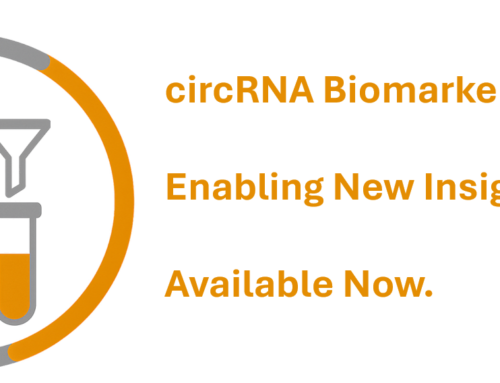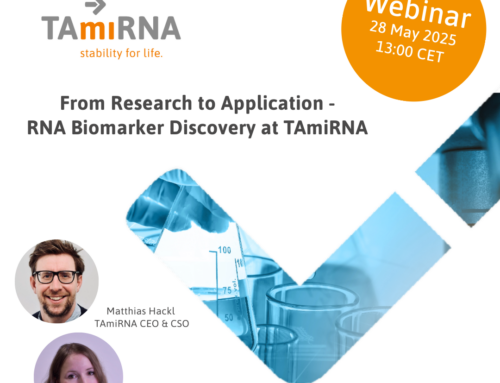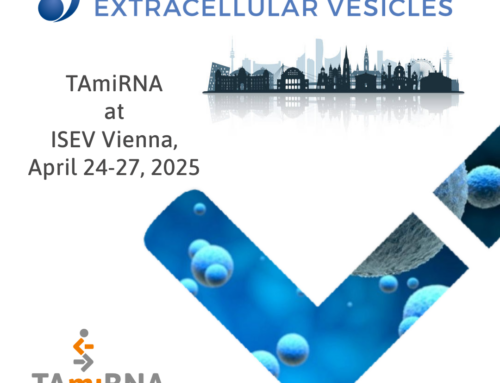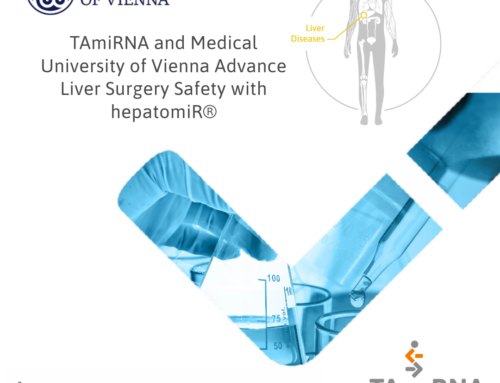TAmiRNA & Vivomicx have combined their technologies of laser microdissection and high sensitivity qPCR, which enables the quantitative analysis of cell-type specific RNA expression in complex tissues.
Using this protocol TAmiRNA & Vivomicx have already been able to demonstrate:
- the profound difference of RNA expression between whole tumor and subsets of cells within the tumor and
- the large heterogeneity in RNA expression between colorectal* tumor compartments such as tumor, stroma and tumor endothelial cells.
* Note: the technology can be utilized for almost any tissue sample.
The combination of Vivomicx and TAmiRNA´s proprietary protocols is clearly superior to the current standard where only whole tumor material is analyzed, and marks another step on the road to make the drug development process more efficient and therefore less costly.
This technique allows to
- Gain better understanding of drug mode of actions by analyzing effects of therapeutic interventions on one cell type within the complexity of the tissue.
- Improve the discovery and characterization of lead drug candidates based on enrichment of their targets in specific (tumor) tissue compartments.
- Quantify drug-target engagement in specific cell types in complex tissue through the screening of downstream effects on gene expression level.
- Characterize the differences between malignant and benign tissue on a cell-type specific level.
- Identify novel biomarkers for patient selection as well as diagnosis and monitoring of disease progression and drug effects.
TAmiRNA specializes in technologies for profiling levels of blood-circulating microRNAs and developing multi-parametric classification algorithms (“signatures”). TAmiRNA uses these technologies to develop minimal-invasive diagnostic tests for drug development, early diagnosis and prognosis of disease, and as companion diagnostic tests to support treatment decisions.
Vivomicx has developed validated protocols to analyze preclinical or clinical tissue samples using Laser Dissection Microscopy in combination with Quantitative RT-PCR analysis. This allows the in-depth analysis of gene expression in subsets of cells in the complexity of the in vivo tissue. Using this technology we can assess gene expression profiles and therefore the molecular identity of cells; e.g. is your target molecule expressed in the cells of interest in diseased tissue? On top of that we can determine the true effects of a drug on mRNA expression levels in the cells of interest; e.g. what is the effect of your drug in terms of target inhibition and/or downstream effector modulation.












